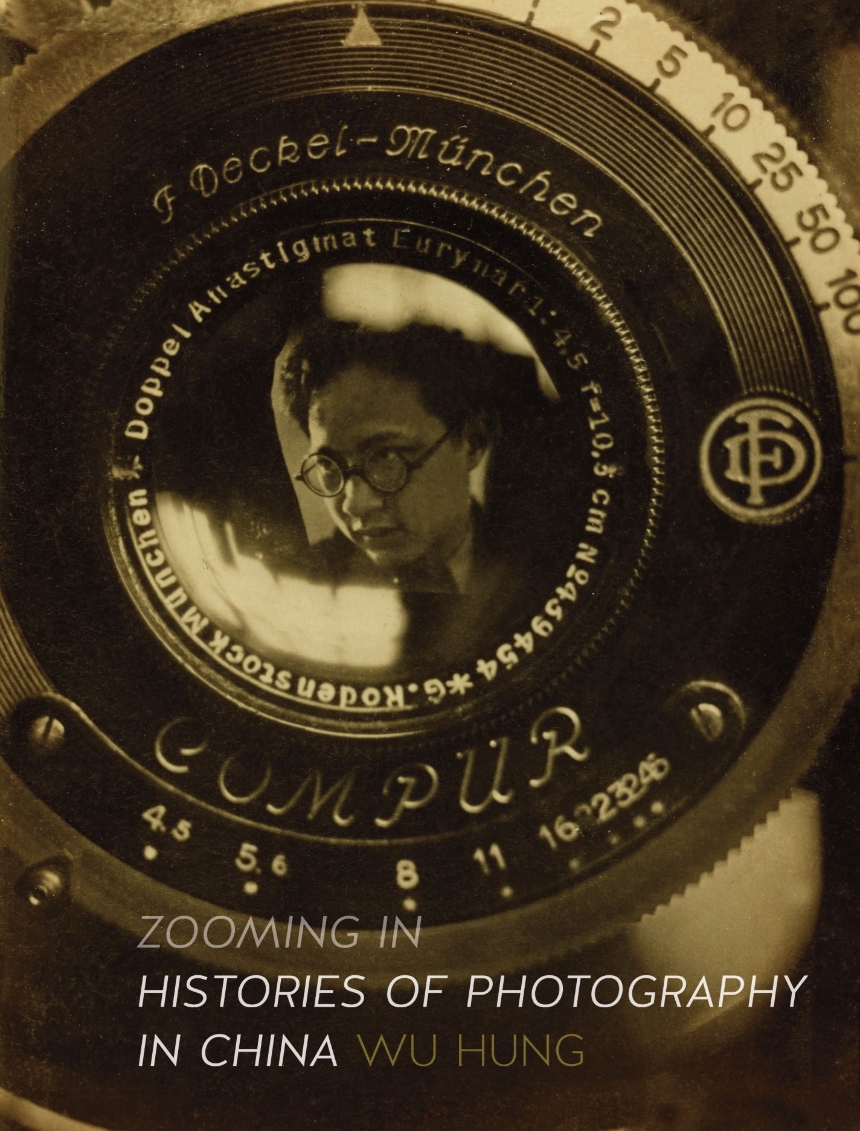From the first sets of photographic records made by Western travelers to doctored portraits of Chairman Mao and the avant-garde photographic performances of the post–Cultural Revolution era, photography in China has followed divergent paths. In this book, Wu Hung explores the multiple histories of photographic production in China, using them to tell a larger story about China’s shifting sociopolitical contexts and the different agendas, technologies, and aesthetics that have helped define its arts.
At the center of the book is a large question: how has photography represented China and its people, its collective history and memory as well as the diversity of Chinese artists who have striven for creative expression? To address this question, the author offers an in-depth study of selected photographers, themes, and movements in Chinese photography from 1860 to the present, covering a wide range of genres, including portraiture, photojournalism, architectural and landscape photography, and conceptual photography. Beautifully illustrated, this book offers a multifaceted and in-depth analysis of an important photographic history.
At the center of the book is a large question: how has photography represented China and its people, its collective history and memory as well as the diversity of Chinese artists who have striven for creative expression? To address this question, the author offers an in-depth study of selected photographers, themes, and movements in Chinese photography from 1860 to the present, covering a wide range of genres, including portraiture, photojournalism, architectural and landscape photography, and conceptual photography. Beautifully illustrated, this book offers a multifaceted and in-depth analysis of an important photographic history.
326 pages | 90 color plates, 130 halftones | 7 1/2 x 9 4/5 | © 2016
Art: Photography
History: General History
Reviews
Table of Contents
Introduction
Part One: Representing China and the Self
1. Inventing a ‘Chinese’ Portrait Style in Early Photography: The Case of Milton Miller
2. Photography’s Subjugation of China: A ‘Magnificent Collection’ of Second Opium War Images
3. Birth of the Self and the Nation: Cutting the Queue
4. Self as Art: Jin Shisheng and His Interior Space
Part Two: History Revisited
5. Searching for Immortal Mountains: The Origins and Aesthetics
6. A Second History: An Archive of Manipulated Photographs
7. The ‘Old Photo Craze’ and Contemporary Chinese Art
Part Three: Living in Time
8. Mo Yi: The Story of an Urban Ethnographer
9. Liu Zheng: My Countrymen
10. Rong Rong: Ruins as Autobiography
11. Miao Xiochun: Journeying through Space and Time
References
Bibliography
Acknowledgements
Photo Acknowledgements
Index
Part One: Representing China and the Self
1. Inventing a ‘Chinese’ Portrait Style in Early Photography: The Case of Milton Miller
2. Photography’s Subjugation of China: A ‘Magnificent Collection’ of Second Opium War Images
3. Birth of the Self and the Nation: Cutting the Queue
4. Self as Art: Jin Shisheng and His Interior Space
Part Two: History Revisited
5. Searching for Immortal Mountains: The Origins and Aesthetics
6. A Second History: An Archive of Manipulated Photographs
7. The ‘Old Photo Craze’ and Contemporary Chinese Art
Part Three: Living in Time
8. Mo Yi: The Story of an Urban Ethnographer
9. Liu Zheng: My Countrymen
10. Rong Rong: Ruins as Autobiography
11. Miao Xiochun: Journeying through Space and Time
References
Bibliography
Acknowledgements
Photo Acknowledgements
Index

